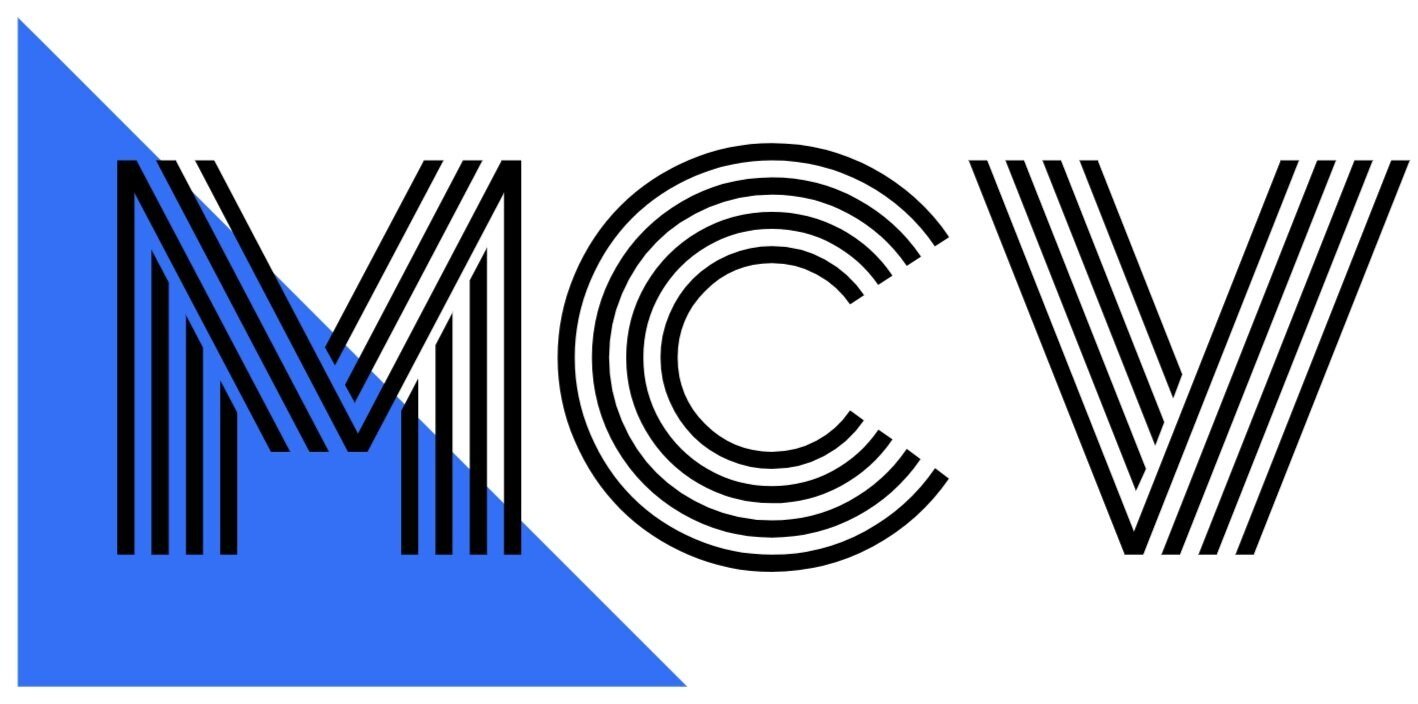Don't Let Tactical Thinking Run Your New Year's Resolutions.
This year, I want to finally nail my yoga handstand. Yup - I want to jump onto my hands in the middle of the room and hold myself there for a few precious seconds.
If you’re like a lot of people, your New Year’s resolutions might sound something like that. I have a google doc where I’ve tracked mine over the years and it’s full of things like “get finances in order” and “start waking up early.”
Many smart people will say these goals are insufficient because they lack clear plans and success metrics. Which is totally true. But more importantly, they lack clear meaning and a relationship to who you are and why these accomplishments might matter.
Sound familiar? If you’ve spent any time around a strategist/planner, it should! “I want to nail a handstand” is a classic example of tactics-first thinking. Like a client saying they want an influencer campaign or an ad in Times Square. And the classic response you might hear from any strategist is “OK, but why?” When we ask our clients these questions we dig deeper into the core of their challenges and the heart of their goals. And very often the tactics they came to us with aren’t the best ones to achieve them.
Putting my strategist hat on while thinking about what I want to achieve this coming year has forced me to ask some hard questions. Why do I want to nail a handstand so badly, when, as one of my yoga teachers has said, “You know what happens when you get a handstand? - Dramatic pause - Nothing.”
So after thinking about it for a little bit, here are some of the drivers I identified behind my handstand impulse:
Prove that I am an “advanced” yogi, whatever that means (validation)
Makes a great Instagram pic (vanity)
Match skills of other students I am jealous of in my classes (competitive instinct - not very yogic)
Demonstrate self-discipline (commitment)
It’s an Individual achievement that I’m already on track for (so it looks hard but isn’t that hard - relatively speaking)
So in a nutshell, my drive to get a handstand is motivated a lot by a desire for recognition/validation and a bias towards achieving more of the same types of things that I already know how to do.
Now, there is nothing wrong with pursuing a handstand (and I still might!). But thinking more deeply about what a goal is and why we take on this exercise in the first place has helped me think beyond what I want to do (tactics) and into who I want to become (strategy).
That has allowed me to reframe my goals into areas that are aligned with my values, where I can either gain new skills or exercise ones that have been dormant, and — crucially — provide the actual motivation behind the things that I might do. So for this year I am going to experiment with organizing my goals into three categories:
Creativity: making space for play
Connection: building deeper interactions into the communities I am already a part of
Growth: using my existing skills in new ways that meaningfully push me into places that may feel scary
With this framework in mind, I’ve realized a better goal that more clearly ties to my “why”: rather than work on my handstand, I want to use my ten years of personal practice and 300+ hours of teacher training and finally start a practice of teaching yoga. That means making a commitment to myself and to others. It means putting myself on the spot and facing rejection. It means allowing myself to be a novice. It means investing in the physical and mental health of others. Now these are some ways that I can really grow.
Curious to hear how others are thinking about New Year’s resolutions and how they align with your “Why”?
Originally published on LinkedIn on December 27, 2019

